Chinese Huang-hua-li Furniture at Minneapolis Institute of Art
Folding round-back armchair, late 16th century. Huang-hua-li hardwood with iron hardware, 104.62 x 76.52 x 76.2 cm (unfolded). Minneapolis Institute of Art, Gift of Ruth and Bruce Dayton, 98.80.3.
Considered by many to be one of the most elegant designs created by Chinese cabinet makers, the round-back folding armchair is a unique combination of utility and ceremonial grandeur. This large, harmoniously proportioned chair is an exact mate to one now owned by the Shanghai Museum. It retains its original patina, decorative carving, and most of its iron fittings, which are inlaid with a scrolling lotus design. An openwork iron plaque bearing auspicious Buddhist “treasure” emblems is attached to the footrest with iron bosses. Both comfortable and portable, folding chairs like this were reserved for persons of high rank. In paintings, they are often depicted in front of solid screens, the seat of honor from which to greet important guests at formal gatherings.
Footstool, 16th-17th century. Huang-hua-li hardwood, 16.19 x 66.04 x 31.12 cm. Minneapolis Institute of Art, Gift of Ruth and Bruce Dayton, 96.31.
Recessed-leg Altar Table, 16th-18th century. Huang-hua-li hardwood. Minneapolis Institute of Art, Gift of Ruth and Bruce Dayton, 99.120.
Throughout China, long side tables with everted ends were often placed against the back walls of reception halls and temples where they were used in a ceremonial context. These altar tables could be set with ancestral tablets, Buddhist or Taoist images, and a variety of ritual utensils including censers, candlesticks, flower vases, and offering plates. Sometimes called "wall tables," they could also serve a variety of secular functions throughout the household, including the display of precious objects.
It is understandable that these major pieces of ceremonial furniture would often be of grand proportions and ornate decoration. This magnificent example is especially praiseworthy. Its top consists of a single, thick plank of beautifully grained huang-hua-li twelve-and-a-half feet in length. It is the second longest such table recorded and among the most elegantly proportioned of the few massive, single plank, long tables to survive. The work is elaborately decorated with richly carved dragon spandrels and openwork panels of serpentine dragons inset between the legs.
Couch-Bed, c. 1600. Huanghuali hardwood, 80.01 x 217.81 x 118.11 cm. Minneapolis Institute of Art, Gift of Ruth and Bruce Dayton, 98.78.1a-d.
The low-back couch-bed (chuang) with solid rails is among the simplest and most harmonious forms of Ming furniture. Evolved from ancient box-style platforms, it had developed, by the Ming dynasty, into the sophisticated corner-leg frame with the type of side railings seen here. Often used as the centerpiece in formal seating arrangements within a reception hall, the chuang was extremely versatile and could even be found in the scholar's studio and the women's quarters. Used for sitting, reclining, and sleeping, a low table could be placed on the platform to allow for eating and drinking, writing, or playing board games. Sleek and powerful, this beautifully proportioned couch avoids decoration, relying instead on its boldly outcurved legs, concave waist, and strong graining for its visual effect. It employs massive construction with powerful inward turning legs and strong convex aprons whose wide bead moldings continue down the inside edges of the hoofed feet. These couches were accessorized with long footrests, backrests, decorative cushions, and padded blankets.
A pair of Armchairs with Continuous Yoke Back, c. 1600. Huang-hua-li hardwood, 113.03 x 59.06 x 44.45 cm (each). Minneapolis Institute of Art, Gift of Ruth and Bruce Dayton, 91.69.1.2.
The elegant proportions and fluid lines of this chair results from the slender members used and the crest rail and armrests, which turn continuously into their respective front and rear posts. The rounded right angle joints, commonly translated as "pipe joints," are however inherently weak and the chair shows evidence of once having had its corner joints strengthened with metal reinforcements.
Each of the two basic armchair forms, the "roundback" and "yokeback", were designed in two styles. The more common "extended" style had the crestrail and arm rests extend beyond their support posts terminating in a rounded finial. The second or "continuous" style, the type shown in this chair, used crest rail and arm rests that flowed uninterruptedly into their support posts.
Footstool (gundeng), c. 1600. Huang-hua-li hardwood, 16.83 x 59.85 x 32.07 cm. Minneapolis Institute of Art, Gift of Ruth and Bruce Dayton, 96.120.2.
Six-Post Canopy Bed, early 17th century. Huanghuali hardwood, 227.97 x 233.05 x 170.18 cm. Gift of Ruth and Bruce Dayton. Minneapolis Institute of Art, 96.11.1a-ee.
The canopy bed was one of the most important pieces of furniture in a Chinese household. It was generally ornamented with symbols associated with a long and happy marriage. Here, the railings are decorated with heart-shaped ruyi (the mythical wish-fulfilling symbol) set against a pattern of the Buddhist swastika signifying “ten thousand,” which granted the owner the fulfillment of ten thousand wishes. Curtains were hung inside the canopy which, when closed, created a private room within a room. With curtains drawn back, canopied beds were used as formal couches from which the woman of the house held audience and conducted business. With the addition of low tables, canopy beds could be used for playing board games, informal dining, or drinking tea with guests.
Two-Drawer Table, 17th century. Huang-hua-li hardwood, 86.68 x 111.28 x 62.71 cm. Minneapolis Institute of Art, Gift of Ruth and Bruce Dayton, 99.55A-C.
While useful for the storage of small items, recessed-leg tables with drawers do not appear often in late Ming woodcuts or paintings and relatively few have survived. The late Ming edition of the Lu Ban Ching carpenter's manual does, however, illustrate a woman using a two-drawer table like this one in combination with a mirror stand as a dressing table. The sumptuous carving of flowering plum branches on the drawer fronts is decoration appropriate to women's furniture.
Corner-leg Painting Table, late 17th century. Huang-hua-li hardwood, 85.09 x 187.96 x 77.47 cm. Minneapolis Institute of Art, Gift of Ruth and Bruce Dayton, 97.26.1.
The centerpiece of any scholar's studio was typically a large table that served as a desk on which to paint, store writing materials, and produce calligraphy. The elegant profile, refined proportions, restrained decor, and exquisite craftsmanship of this work makes it one of the most beautiful surviving examples of a large corner-leg table. The beautiful narrow apron and adjoining spandrels, which continue a third of the way down the legs, are innovative features. Minimally carved with a restrained key fret motif, the aprons accentuate the simple linearity of the frame.
A flush-sided corner-leg table such as this is not strong. It relies mainly on mortise and tenon joints between the legs and four corners of the table top, with added s-curved brackets commonly called "giant's arm braces" for stability. Plain and elegant furniture such as this reflects the deeply cultured aesthetic values assumed of the educated elite
A pair of Drum Stool with Lobed Body, late 17th century. Huang-hua-li hardwood, 41.3 x 35.56 cm. Minneapolis Institute of Art, Gift of Ruth and Bruce Dayton, 97.89.2.
Pair of Low Back Armchairs, late 17th century. Huang-hua-li hardwood, 88.9 x 57.15 x 45.72 cm. Minneapolis Institute of Art, Gift of Ruth and Bruce Dayton, 95.17.1.
Small Occasional Table, late 17th century-early 18th century. Huang-hua-li hardwood, 72.55 x 66.04 x 44.29 cm. Minneapolis Institute of Art, Gift of Ruth and Bruce Dayton, 99.27.
Yokeback Armchair, 16th-17th century. Huang-hua-li hardwood and rattan, 110.17 x 60.33 x 48.26 cm. Minneapolis Institute of Art, Gift of Ruth and Bruce Dayton, 98.78.2.2.
Lute table, c. 1600. Huang hua-li hardwood and cedar, 72.39 x 127.95 x 36.04 cm. Minneapolis Institute of Art, Gift of Ruth and Bruce Dayton, 96.123.1.
This extremely rare lute table captures the essence of literati taste. Made in Suzhou around 1600, the work exemplifies the sophisticated designs achieved during the golden age of Chinese furniture making. Its simplicity, fluidity and superb balance, made possible by extremely advanced, concealed joinery, allows for a minimal use of material and elegant proportions.
Throughout Chinese history, the lute (qin,) has been the most important symbolic musical instrument. Since Confucian times (6th century BCE), lute playing was regarded as a sign of enlightenment. By the Ming dynasty (1368-1644), the qin had developed into a significant icon for the literati, who saw its mere possession as an indication of intellect and refinement.
Roundback Armchair, 17th century. Huang hua-li hardwood, cane, metale; 104.78 x 73.03 x 64.14 cm (outer frame). Minneapolis Institute of Art, Gift of Ruth and Bruce Dayton, 94.59.2.
Yokeback Armchair, c. 1600. Huang-hua-li hardwood and cane, 120.97 x 64.45 x 67.63 cm. Minneapolis Institute of Art, Gift of Ruth and Bruce Dayton, 97.26.2.2.
Amongst the tallest recorded yokeback armchairs, this pair demonstrates excellent proportions and exceptionally dynamic and vigorous lines. Tall armchairs were reserved for the most important members of a household and were commonly used in formal gatherings. In spite of their apparent rigidity, well-made yokeback chairs are ergonomically sound with rounded armrests, flexible seating and a contoured back splat which support the body with relative comfort.
Compound Wardrobe Cabinet, 18th century. Huang-hua-li hardwood and baitonghardware, 249.6 x 124.5 x 55.6 cm (assembled). Minneapolis Institute of Art, Gift of Michele and David Dewey, 99.216.1.1a-g.
The largest form of Chinese cabinet is the monumental, square corner compound wardrobe. Always made in pairs, the form consists of a tall, lower unit surmounted by a shorter upper unit or "hat chest" constructed from the same materials. These cabinets were designed primarily for the storage of fine garments which were folded and laid flat rather than hung. There is historical evidence that compound wardrobes were placed in important public spaces within the household such as reception halls and main entrances where prestigious furniture was used to impress a status conscious society. Since the traditional Chinese house was not constructed with built-in closets, these cabinets were also used in bedroom settings. This elegant, early eighteenth century pair is unusual in that the stacking units are set on fitted stands rather than raised on corner legs like most other cabinets of this type.
Platform Daybed, late 16th century. Huang-hua-li hardwood, 49.69 x 194.47 x 104.62 cm. Minneapolis Institute of Art, Gift of Ruth and Bruce Dayton, 99.54.
A daybed served many purposes: during the day it functioned as a seating platform, at night it was a bed for sleeping. When furnished with a small armrest or low table, it was convenient for lounging, reading books, or drinking tea. Made of massive pieces of timber, this rare cabriole (s-shaped) leg daybed exemplifies the restrained grandeur and robust form that exemplified late Ming aristocratic taste. The surrounding curvilinear aprons are decorated in carved relief with ling-chih/ (fungus)-like cloud motifs, a popular emblem of longevity. The legs are carved with a ju-i (wish-granting) cloud lappet design on each shoulder and terminate with a scrolled foot form from which a leaf sprouts in relief. It is the only huang-hua-li daybed known to be decorated with these specific auspicious motifs.
In antiquity the daybed was used primarily for sitting. It was smaller and shorter than the couch-bed with its railings, which was used for reclining. In time the daybed was raised, widened, and lengthened like this one, and it became an important piece of furniture in the studio where scholars used it for sitting, reclining, reading, meditating, conversing with friends, and playing board games.
Long Table, c. 1600. Huang-hua-li hardwood, 85.09 x 215.58 x 46.04 cm. Minneapolis Institute of Art, Gift of Ruth and Bruce Dayton, 96.124.2.
Comprised of only eleven pieces of wood, this beautifully proportioned side table consists of a solid plank top to which the four corner legs have been attached without the usual reinforcing with stretchers or "giant's arm braces." The result is an exceptionally simple and minimalist frame called "four-sides-square." The epitome of restraint, it is made possible by unusually complicated joins that at once secure each leg to two aprons and the top at the corner.
Low-Back Armchair, 18th century. Huang-hua-li hardwood, 79.54 x 51.6 x 38.58 cm. Minneapolis Institute of Art, Gift of Ruth and Bruce Dayton, 95.32.1.
Although widely used by both genders, the so-called "rose chair" because of its small size and evocative name has traditionally been associated with women and the women's quarters. Comprised of slender sections of huanghuali, this petite armchair evokes a delicacy that does in fact have feminine overtones.
The latticework designs filling the back and arm sections are comprised of addorsed and linked ruyi heads (the wish granting scepter) and cloud scrolls. Carved lingzhi fungus (the fungus of immortality) comprise the wooden struts between the stretchers and seat rails. The metal reinforcing mounts, required to reinforce several of the chair's delicate joints are original.

/https%3A%2F%2Fprofilepics.canalblog.com%2Fprofilepics%2F1%2F0%2F100183.jpg)
/https%3A%2F%2Fstorage.canalblog.com%2F03%2F02%2F119589%2F96711876_o.jpg)
/https%3A%2F%2Fstorage.canalblog.com%2F11%2F31%2F119589%2F94773502_o.jpg)
/https%3A%2F%2Fstorage.canalblog.com%2F20%2F83%2F119589%2F94772815_o.jpg)
/https%3A%2F%2Fstorage.canalblog.com%2F26%2F72%2F119589%2F75604929_o.jpg)
/https%3A%2F%2Fstorage.canalblog.com%2F59%2F60%2F119589%2F26458628_o.jpg)

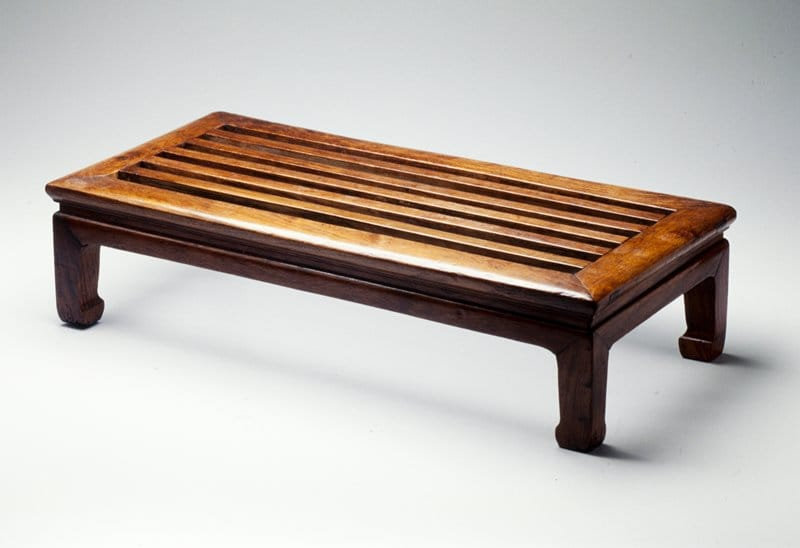

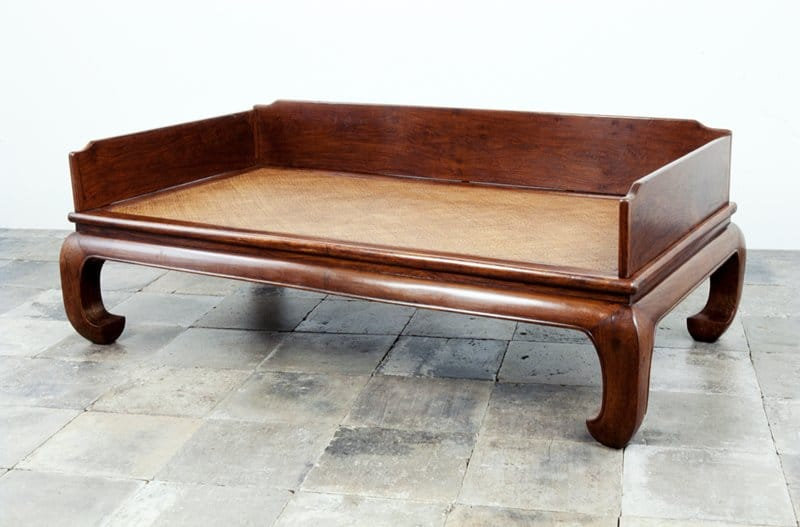

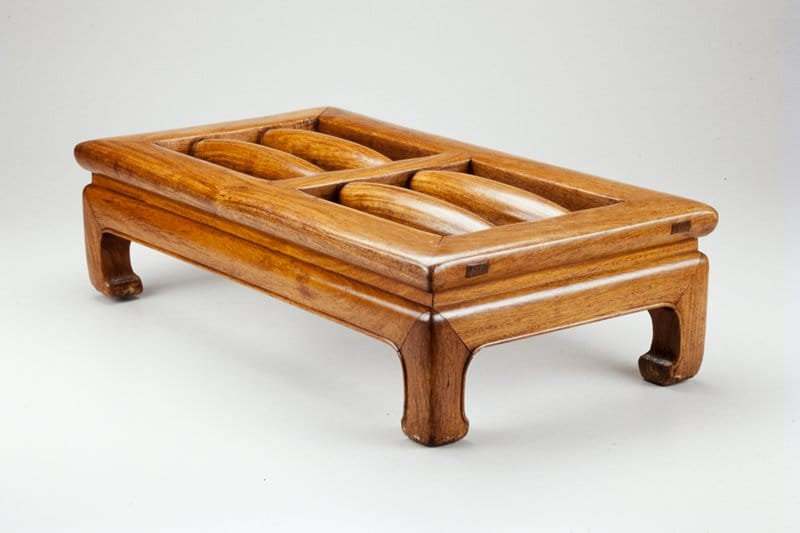




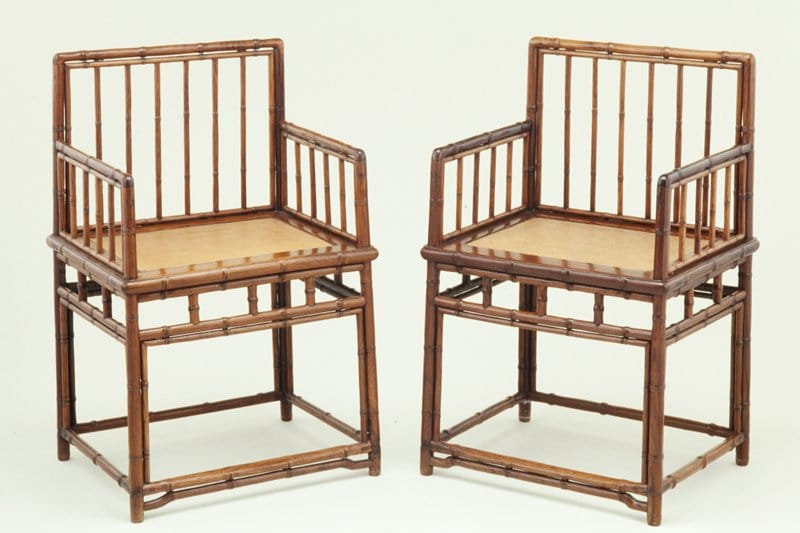

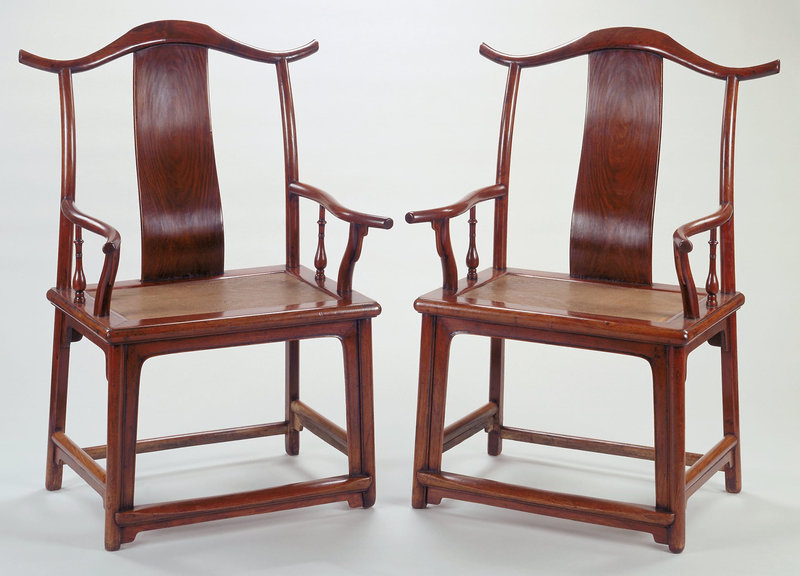
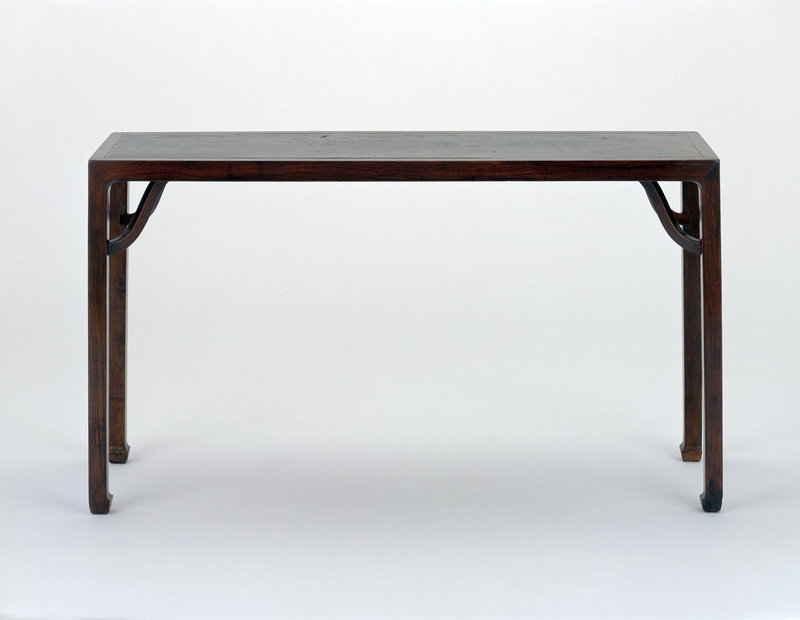
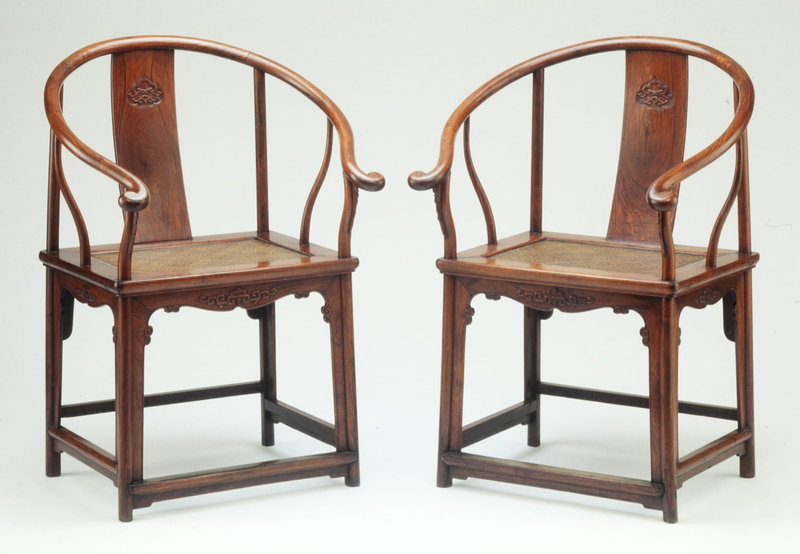
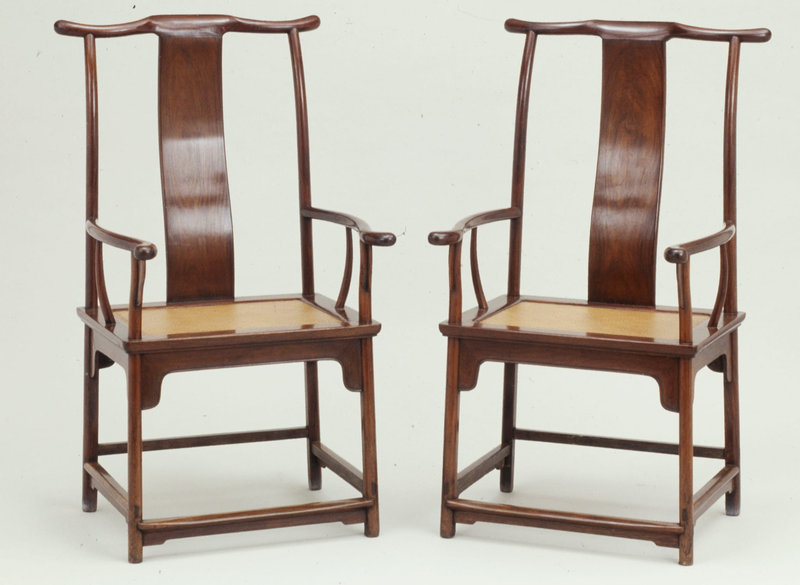

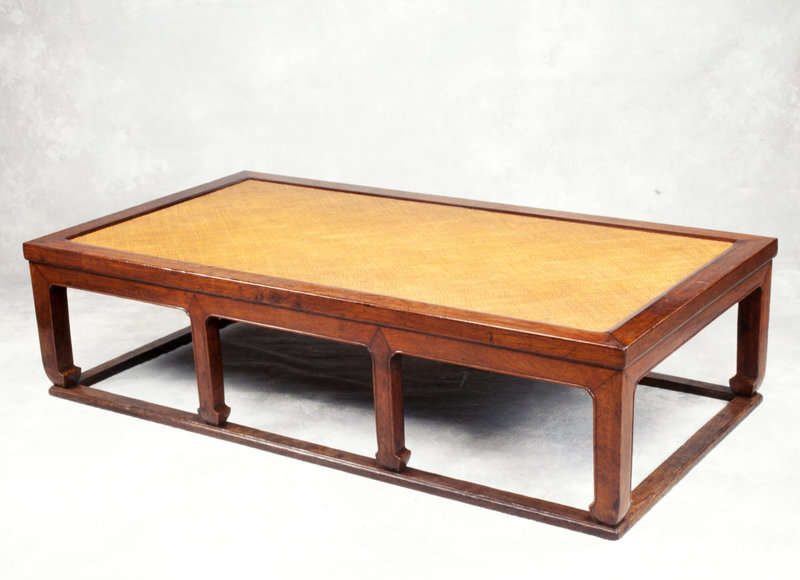

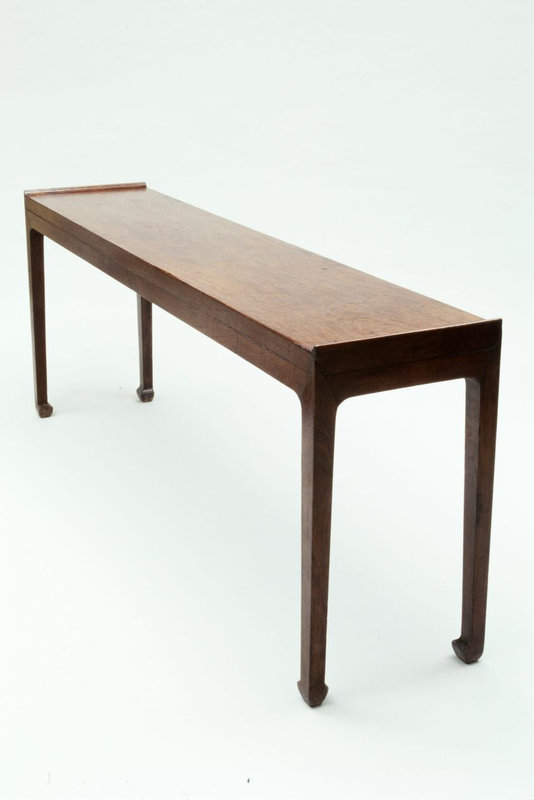
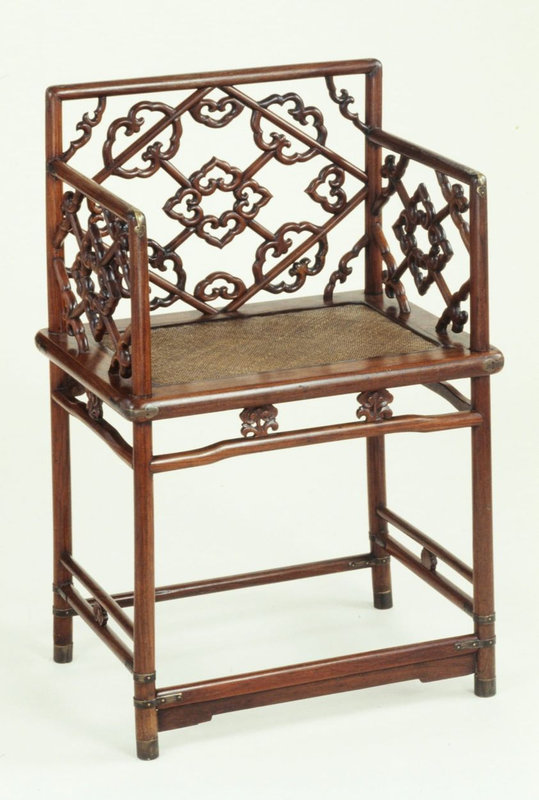


/image%2F1371349%2F20240409%2Fob_fc01a6_2024-nyr-22642-0899-000-a-rare-small-h.jpg)
/image%2F1371349%2F20240409%2Fob_1299ed_2024-nyr-22642-0898-000-a-rare-huanghu.jpg)
/image%2F1371349%2F20240403%2Fob_b08891_telechargement-4.jpg)
/image%2F1371349%2F20240403%2Fob_b24488_telechargement.jpg)